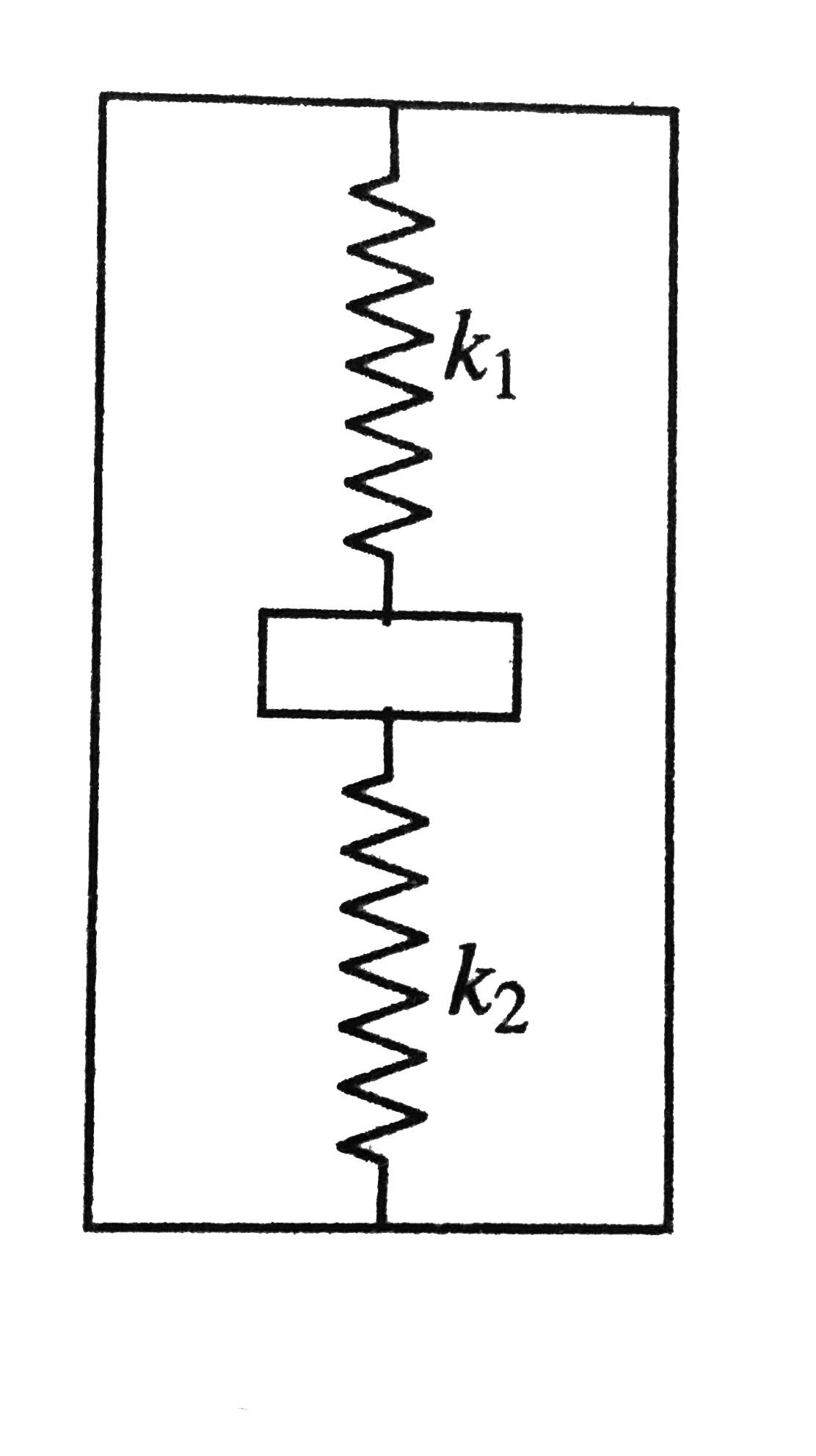The tongue is a freely movable muscular organ attached to the floor of the oral cavity by the
The correct Answer is:frenulum
Step-by-Step Text Solution:
1. Understanding the Structure of the Tongue: The tongue is a muscular organ located in the oral cavity. It plays a crucial role in various functions such as tasting, swallowing, and speaking.
2. Attachment of the Tongue: The tongue is not just floating freely; it is anchored to the floor of the mouth. This attachment is important for its stability and function.
3. Identifying the Attachment Structure: The specific structure that attaches the tongue to the floor of the oral cavity is known as the "frenulum."
4. Function of the Frenulum: The frenulum is a small fold of mucous membrane that extends from the floor of the mouth to the midline or underside of the tongue. Its primary function is to provide support to the tongue while also limiting its movement in various directions.
5. Conclusion: Therefore, the answer to the question is that the tongue is attached to the floor of the oral cavity by the "frenulum."
Final Answer: The tongue is a freely movable muscular organ attached to the floor of the oral cavity by the frenulum.
---
Topper's Solved these Questions
- DIGESTION AND ABSORPTIONBook:ALLENChapter:DIGESTION AND ABSORPTIONExercise:S
Explore 28 Videos
- CHEMICAL COORDINATION & INTEGRATIONBook:ALLENChapter:CHEMICAL COORDINATION & INTEGRATIONExercise:Questions
Explore 56 Videos
- DIVERSITY IN LIVING WORLD (PLANT DIVERSITY)Book:ALLENChapter:DIVERSITY IN LIVING WORLD (PLANT DIVERSITY)Exercise:Assertions and Reason
Explore 45 Videos
Similar Questions
Knowledge Check
In a frog, if a hole is punched in the floor of its buccal cavity, then the frog will not die as
Abuccal repiration does not stopBpulmonary respiration occursCit can store oxygen for future useDrepiration other than lungs will continue
_________ is a J-shaped muscular organ.
View SolutionWhat lubricates the freely movable joint at the shoulder?
View SolutionName the following:
The large dome shaped muscle which forms the floor of the chest cavity.
View SolutionOne end of a spring of force constant k1 is attached to the ceiling of an elevator. A block of mass 1.5kg is attached to the other end. Another spring of force constant k2 is attached to the bottom of the mass and to the floor of the elevator as shown in figure. At equilibrium, the deformation in both the spring is equal and is 40cm. If the elevator moves with constant acceleration upward, the additional deformation in both the spring is 8cm. Find the elevator's accelerationn ( g=10ms−2).

View SolutionThe organisms attached to the substratum generally, possess
View SolutionA transverse sinusoidal wave is generated at one end of a long horizontal string by a bar that moves with an amplitude of 1.12 cm . The motion of the bar is continuous and is repeated regularly 120 times per second. The string has linear density of 117g/m. The other end of the string is attached to a mass 4.68 kg. The string passes over a smooth pulley and the mass attached to the other end of the string hangs freely under gravity.
The maximum magnitude of the transverse speed is
View SolutionA transverse sinusoidal wave is generated at one end of a long horizontal string by a bar that moves with an amplitude of 1.12 cm . The motion of the bar is continuous and is repeated regularly 120 times per second. The string has linear density of 117g/m. The other end of the string is attached to a mass 4.68 kg. The string passes over a smooth pulley and the mass attached to the other end of the string hangs freely under gravity.
The maximum magnitude of the transverse component of tension in the string is
View Solution
